THE POST-MENOPAUSAL PUDGE... AND WHAT TO DO ABOUT IT.
I was on Facebook recently and a lady in a group I belong to was complaining of the extra pounds she had put on following menopause.
She was 52 years old – just like me – so I offered her some general guidelines I use for keeping the fat at bay, hoping I could help her out.
But it got me thinking.
Is adding pounds a natural occurrence after menopause?
I always accepted it was just a normal part of ageing – and maybe of getting lazier as we age.
If hormonal changes contribute to excess adipose tissue (fat) then are we, as mature women, stuck with the muffin top?
Or can we metabolically hack our bodies’ response to these hormonal inadequacies by changing out diet and lifestyle so we can eliminate this fat storage or avoid putting on these pounds altogether?
So, I went snooping in the scientific literature and I found some interesting studies that may prove helpful.
Is weight gain an ‘expected’ side effect of menopause?
Unfortunately, it seems it is.
A recent study from 2019 asked the same question and found that added weight gain over the transition period from pre- to post-menopause was indeed hormone related [1].
Researchers used the data from the SWAN (Study of Women’s Health Across the Nation) study and concluded that added adiposity was the result of the shutting down of the HPG (hypothalamic-pituitary-gonadal) axis that occurs after menopause, basically halting the excretion of oestrogen.
Data from 1246 women of White, Black and Asian race were analysed over an 18 year period (10.5 years prior and 8 years after their final menstrual period) to see if any weight related changes were of racial origin, time of menopause or hormonally based.
The researchers found that during the menopause transition (peri-menopause to post-menopause) the rate of fat accumulation doubles that of menstruating women.
Lean mass (muscles, water, organs), which typically increases a little every year in menstruating women, decreased over the menopause transition period.
Over the course of a 3.5 year menopause transition, this resulted in a cumulative 3.5% increase in fat mass and a 1.9% decrease in lean mass.
The good news, is that 1-2 years post-menopause, the accelerated fat gain and muscle loss tends to level out.
Interestingly, White and Black women accumulated more proportional fat than Asian women, especially those of Chinese descent. Women who went through the transition at an older age, had less fat gain than those of us who had an earlier menopause.
Over the study period, White and Black women lost an average of 2.71% lean mass, whilst Asian women lost no lean mass at all.
The use of hormone replacement therapy (HRT) did not predict changes in fat accumulation or lean mass loss, however, only a small percentage of women (4%) in the study reported using HRT and it was always after menopause, not before or during.
However, as progesterone assists protein synthesis in women, researchers suggested that chronic low progesterone levels could also have contributed to a decline of lean mass in participants.
What diet is best for reduction of post-menopausal weight gain?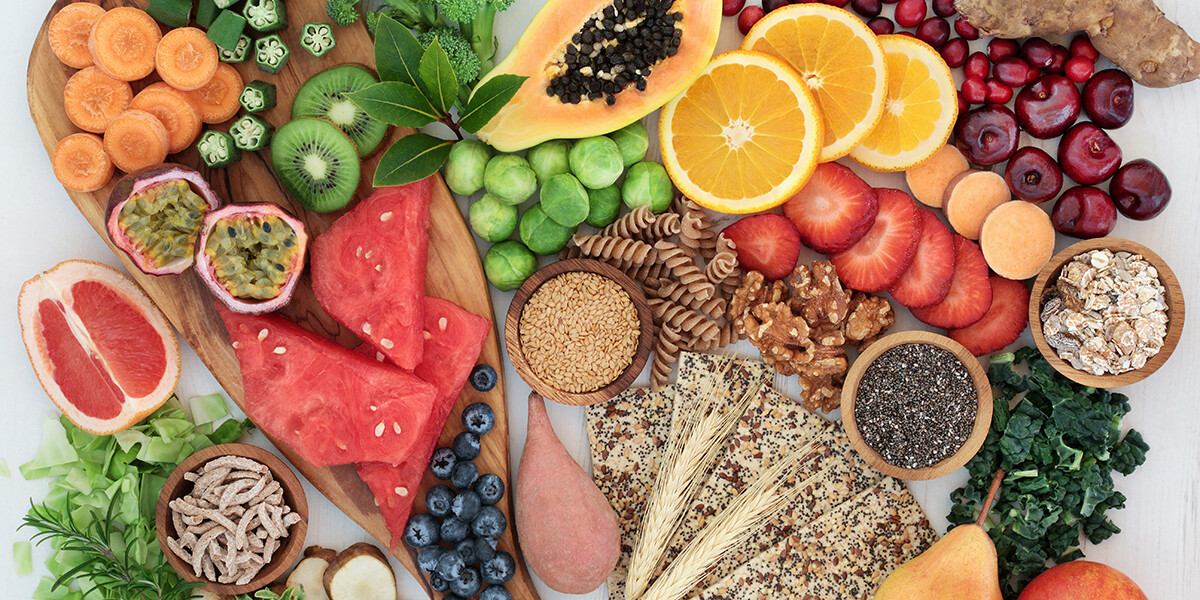
A Polish study separated two groups of centrally obese women (waist circumference >80cm) into either a Mediterranean Diet (MED) or a Central European Diet (CED) [2].
Both diets were low in calories (about 1350 per day) but differed in their macronutrient profile. The MED diet was 37% fat, 18% protein and 45% carbohydrates.
Olive oil was used in every meal and nuts were eaten daily.
Conversely, the CED diet was 27% fat, 18% protein and 55% carbohydrates. But what differed the most was that the CED diet provided more fibre in the form of oats, barley, pulses, vegetables and fruits.
After 16 weeks on the program, both groups lost about the same amount of weight (6.6kg/14.5lbs) and not surprisingly, those who adhered to the diet constraints, lost more weight than those who cheated.
But, diving in deeper, researchers found that those on the higher fibre CED diet lost more visceral fat. Visceral fat is not your muffin top, it’s the fat that surrounds and strangles your organs, the fat that infiltrates your liver – the dangerous fat.
Vegetables and fruits are full of dietary fibre and are also low in calorie density – meaning, it takes a lot less calories eating these foods to fill your stomach.
Extra dietary fibre from whole foods also increases your stool volume by mopping up excess fats and undigested food – so you don’t absorb as many calories as you ingest. It’s a win-win.
So it’s no surprise that a whole-foods plant based diet is again a winner for shedding post-menopausal pounds.
What exercise or lifestyle changes are recommended? 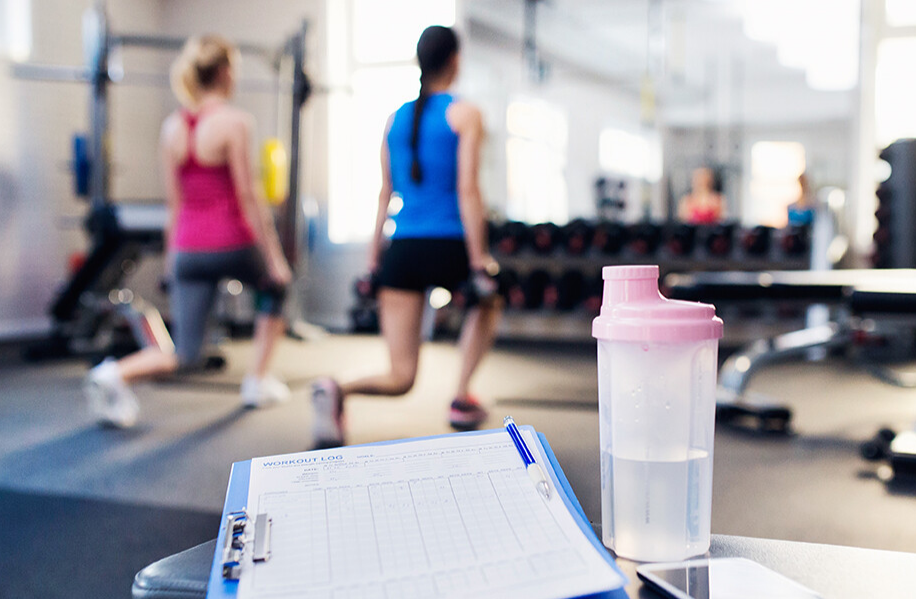
To cut this article as short as possible, basically ANY exercise is better than none.
Walking is great for obese people as it is less confronting than going to the gym and this results in greater compliance.
But for those of us who already love the gym and don’t have a lot of weight to lose (5-10kg), there is not much new evidence available. It seems researchers only use obese subjects in their studies – I guess because any intervention in an obese population is more likely to provide a measurable result.
Depending upon what you are measuring, either High Intensity Interval Training (HIIT) or combined steady state cardio and resistance training (CT) could be your go-to exercise choice.
Two studies, done by the same group of researchers, found no difference in fat loss between HIIT and CT over a 12-week trial. In one study CT increased muscle strength and walking speed better than HIIT [3].
No surprises there as the concept of specificity basically says, if you lift weights consistently you will eventually improve muscular strength, and if you walk consistently, you will eventually improve your walking. (Isn't science amazing?).
Their other study measured visceral fat loss and biometric inflammation markers in post-menopausal women following a similar HIIT or CT protocol and found that the HIIT group lost more visceral fat (remember- the fat we want to lose) and improved biometric markers of inflammation [4].
Again, this is good because inflammation is the root of many lifestyle diseases.
For my money, I’d do a mixture of HIIT and CT depending upon my mood and injury status. Five years ago, I was HIIT one day, lifting heavy the next, but the older I get the more measured I need to be in my exercise choices.
As usual, consistency is key.
Lifting weights three times per week is good, four is better.
After that, you head into the land of diminishing returns.
Rest is imperative and I find that as I age, my body handles one day of medium to high intensity work, followed by an easier day of yoga or walking. If you can get five days in the gym a week that's great - but 3 is better than zero.
Do what works for you and do not beat yourself up if you skip a session.
Rest is good.
So is not injuring yourself.
I’ve spent more time out of the gym due to injuries than I care to admit, so take it easy when your body tells you to.
But what about Bone Mineral Density? 
Women reach their peak bone mineral density (BMD) at about 18 years of age, which is one of the reasons I am so passionate about teaching teenage girls the importance of strength training.
Also, having strong bones is imperative for a healthy ageing, as falls in older women contribute to greater mortality risk.
After about the age of 25, bone mineral density decreases marginally until menopause, when it can take a serious nosedive.
Add to this the body’s diminishing ability to absorb and conserve calcium, and post-menopausal women are hit with a double whammy to bone preservation.
So, not only are we burdened with extra weight, we also have increased risk of fractures.
(Full disclosure: as I write this, I do so with a broken rib and a less than stellar DEXA bone scan result.)
I digress….
The catch-22 in this equation is that energy restriction (notice I didn’t say food restriction) can also mean inadequate vitamin and mineral intake – especially calcium.
So it is imperative to eat enough calcium rich food to maintain our bone density.
A plant based whole foods diet can sometimes run short in this regard (unless you are including lots of fortified products) so supplementation may be in order.
The weird thing is, that ideal weight women are more at risk of low bone density than obese women, and that calorie restriction can negatively affect bone density in two ways: by ingesting less than adequate calcium, and also by diminished absorption ability.
What about protein? 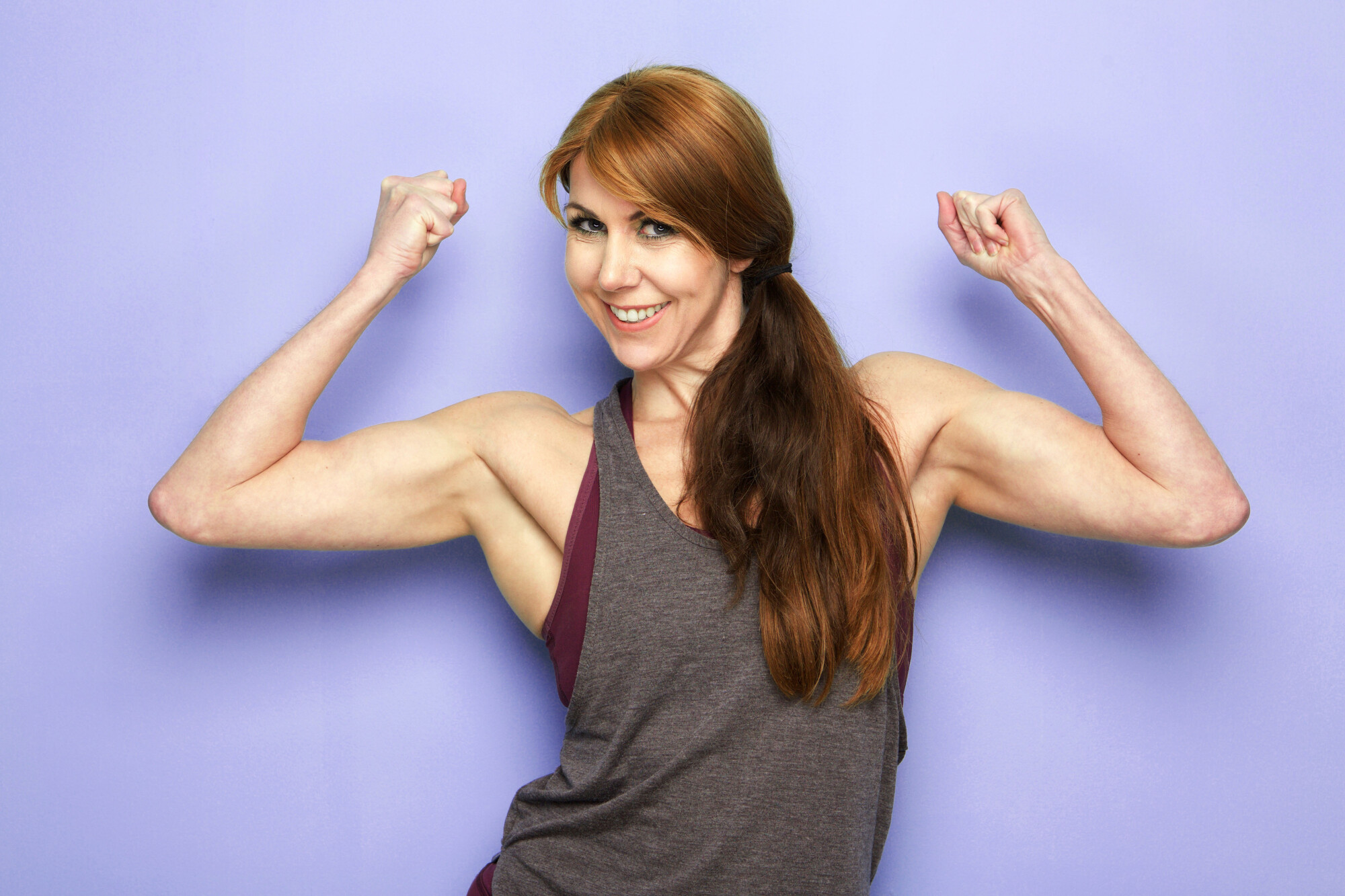
If BMD is related to muscle mass, then shouldn’t you eat more protein to build more muscle to slow bone loss? That is a fair question and one that was put to the test in 2010.
Researchers separated study participants into high protein (30%) meat eaters and low protein (18%) vegetarians, and put them on a calorie deficit (-750calories/day) diet for 12 weeks.
There was similar weight loss for both groups; the vegetarians lost 11% of their body weight whilst the meat eaters lost 10%.
Importantly, however, the bone density of the vegetarians did not change over the 12 weeks, whilst the bone density of the high protein meat eaters decreased by a whopping 1.4% [5].
It might not seem much – but you need to preserve every bone cell you can.
The conclusion? The best way to preserve your bone density and muscle mass, at the same time as reducing visceral fat and reducing your risk of disease is with daily exercise and a whole foods plant-based diet.
I hope this article has shed some light on the subject of post-menopausal weight gain and what we can do about it. Feel free to leave your comments below.
Join my Facebook Group, the
Fabulous Health Community for more plant-based goodness and to connect with people on the journey to Fabulous Health.
References
1. Greendale, G.A., et al., Changes in body composition and weight during the menopause transition. JCI Insight, 2019. 4(5).
2. Bajerska, J., et al., Weight loss and metabolic health effects from energy-restricted Mediterranean and Central-European diets in postmenopausal women: A randomized controlled trial. Scientific Reports, 2018. 8(1).
3. Nunes, P.R.P., et al., Comparative effects of high-intensity interval training with combined training on physical function markers in obese postmenopausal women: a randomized controlled trial. Menopause (New York, N.Y.), 2019. 26(11): p. 1242-1249.
4. Nunes, P.R.P., et al., Effect of high-intensity interval training on body composition and inflammatory markers in obese postmenopausal women: a randomized controlled trial. Menopause, 2019. 26(3): p. 256-264.
5. Campbell, W.W. and M. Tang, Protein intake, weight loss, and bone mineral density in postmenopausal women. J Gerontol A Biol Sci Med Sci, 2010. 65(10): p. 1115-22.
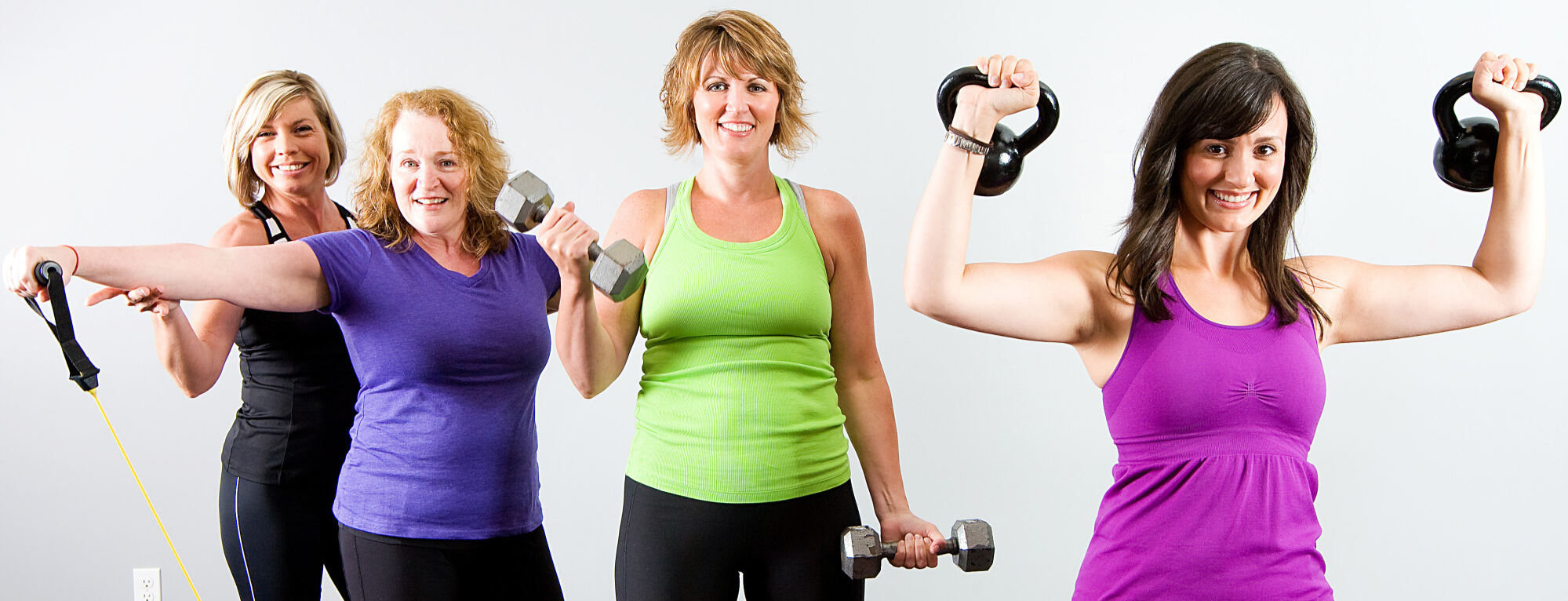
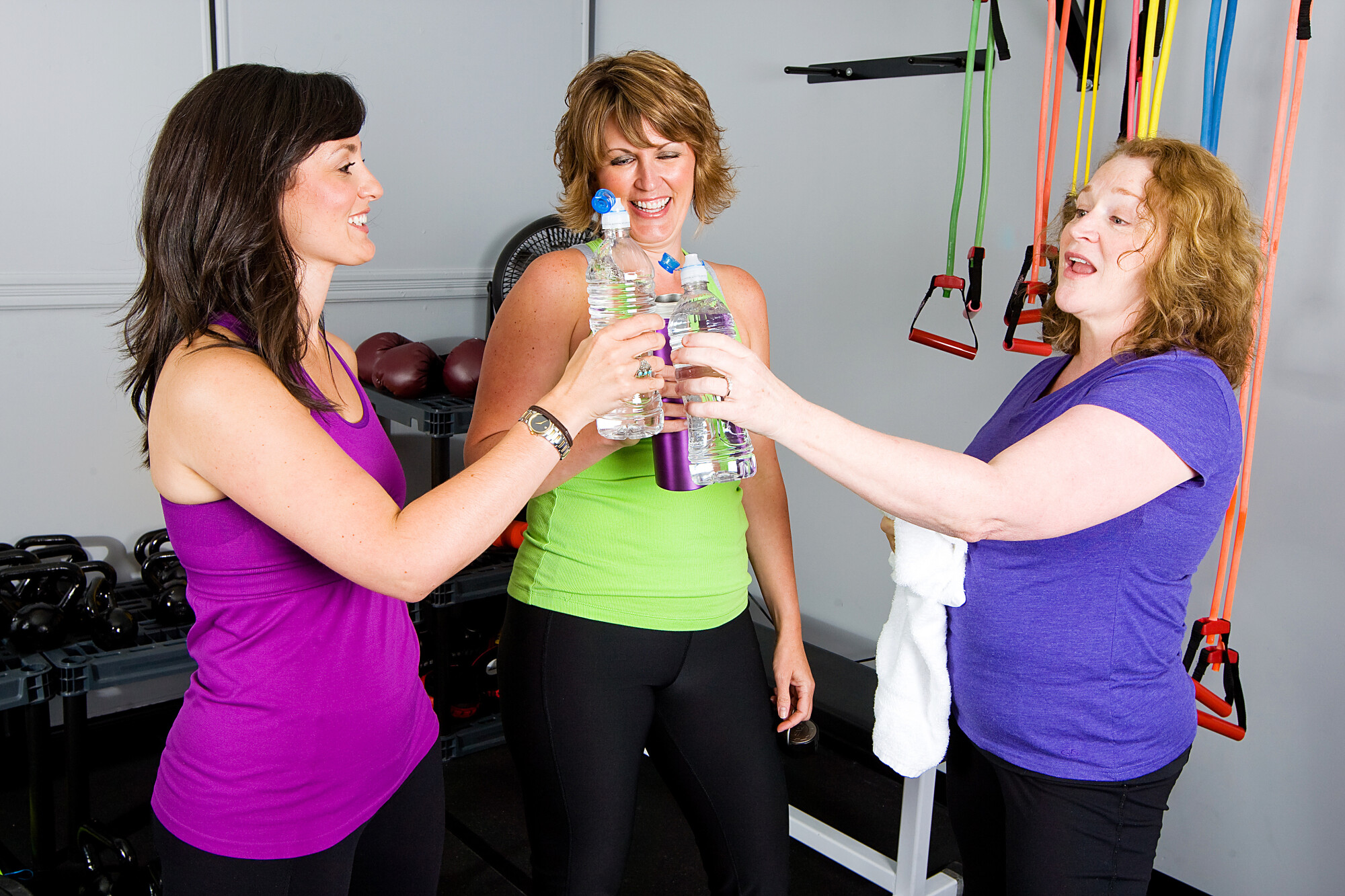









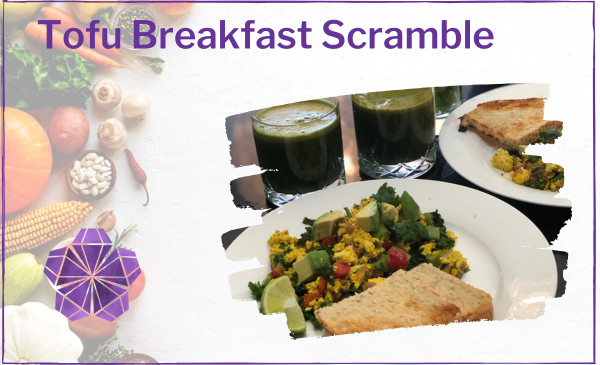
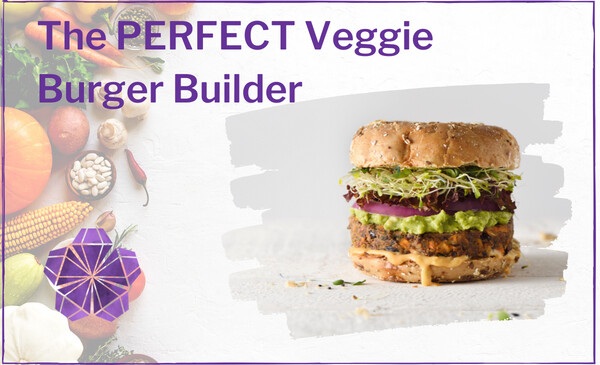
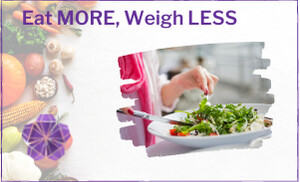

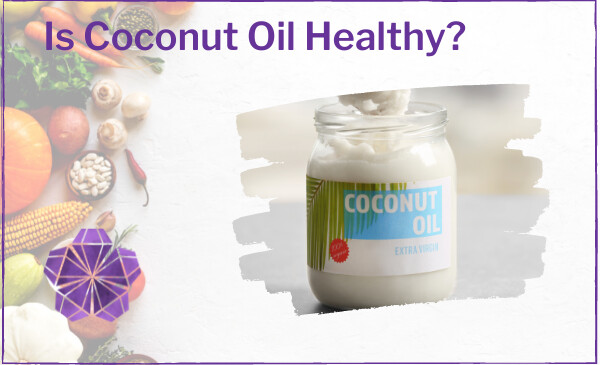
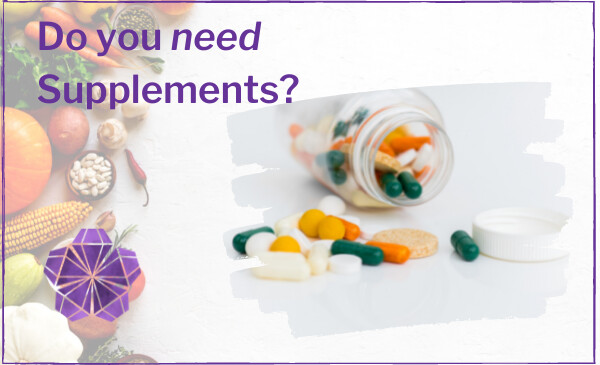




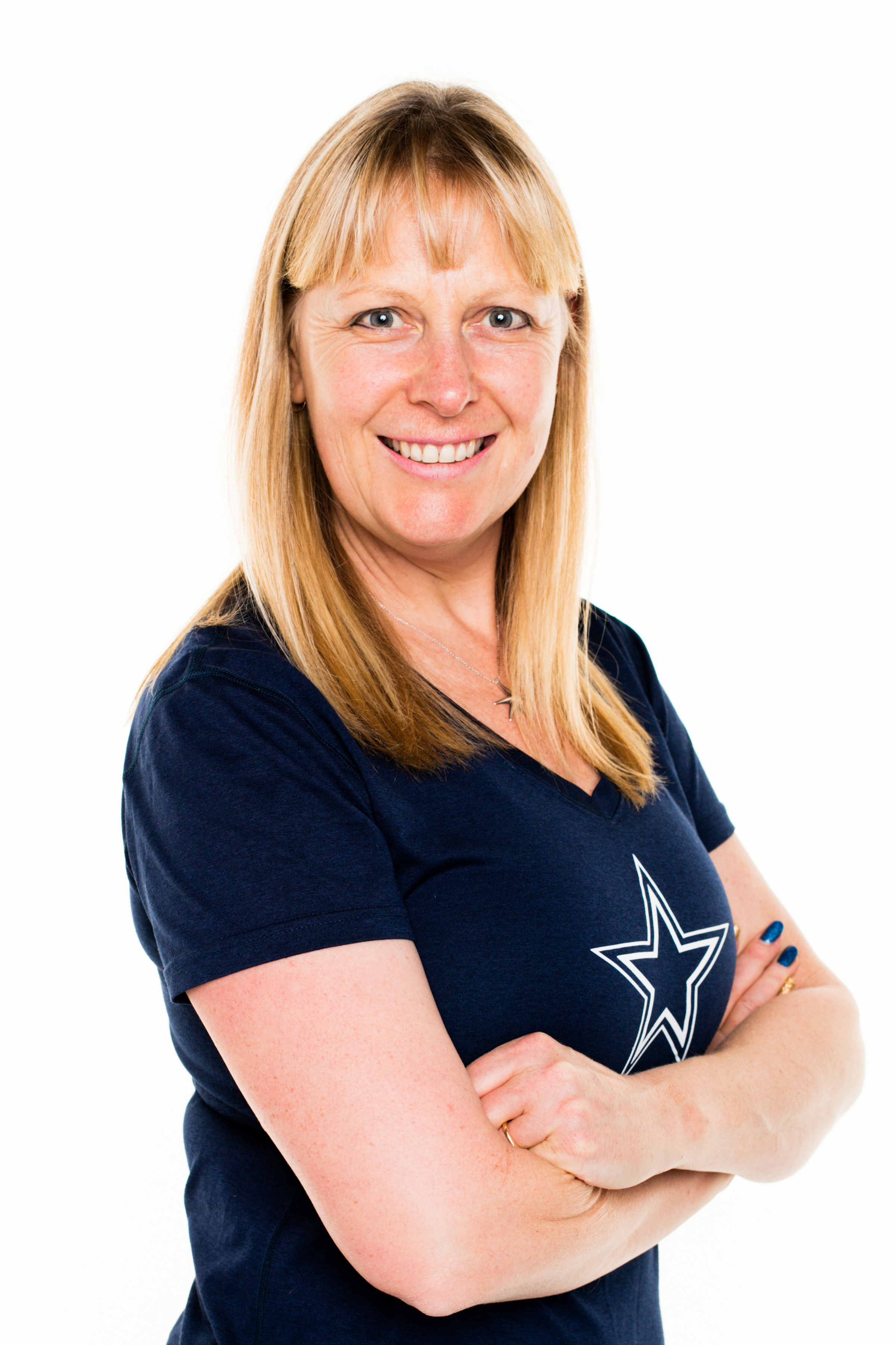
0 Comments